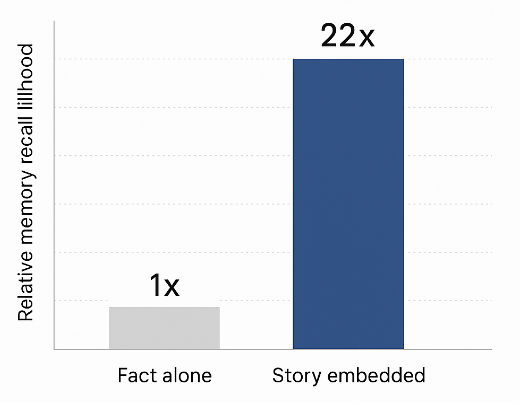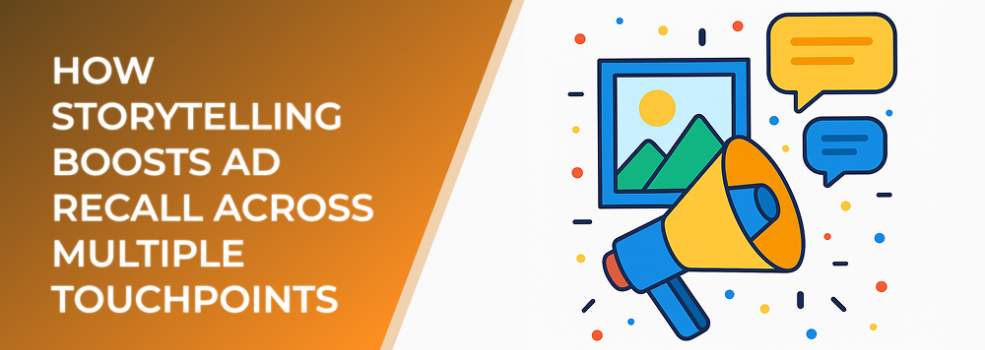In this article, we explore how storytelling enhances ad recall across multiple touchpoints and why it’s essential for modern advertisers aiming to leave a lasting impression.
Why Storytelling Matters in Advertising
Every brand has a message, but not every message is remembered. The difference often lies in how it’s told. Storytelling transforms static ads into emotional experiences that audiences connect with on a deeper level. According to research by Stanford University, stories are up to 22 times more memorable than facts alone. That means the right narrative can significantly enhance ad recall and engagement across digital channels.
Consistency Across Touchpoints
In a fragmented digital landscape, consumers encounter brands through multiple touchpoints — social media, search ads, video content, and email campaigns. When each of these moments tells a consistent story, it reinforces recognition and builds emotional continuity. A Nielsen study found that content with consistent messaging across platforms increases overall brand recall by 55%. Consistency turns scattered impressions into a cohesive brand experience.
Emotional Resonance Drives Memory

Embedding key information in a story increases recall up to 22 times compared to presenting facts alone
Neuromarketing research shows that emotional engagement directly affects memory retention. Ads that evoke strong emotions like joy, empathy, or surprise activate the brain’s hippocampus — the center responsible for forming long-term memories. That’s why storytelling-driven campaigns often outperform purely informational ones. A strong narrative doesn’t just sell a product; it creates a feeling that stays with the viewer long after the ad ends.
From Clicks to Conversations
When users relate to a story, they are more likely to engage, share, and remember. In fact, campaigns that include narrative elements generate 30% higher engagement rates compared to non-narrative ads. This ripple effect extends across touchpoints: from the first exposure to the final conversion, each moment becomes part of a larger, more memorable journey.
Applying Storytelling to Your Campaign Strategy
-
Define the core narrative: Identify what your brand stands for and how it aligns with your audience’s aspirations.
-
Map the journey: Ensure your story unfolds naturally across channels, maintaining consistency in tone, visuals, and message.
-
Leverage data for personalization: Tailor your storytelling to resonate with different audience segments. Even subtle personalization within a shared narrative can greatly improve relevance and recall.
Measuring Storytelling Effectiveness
Success in storytelling-driven advertising can be tracked through key metrics such as ad recall lift, engagement duration, and multi-touch attribution data. A higher share of voice across touchpoints often correlates with consistent narrative alignment. Over time, brands that integrate storytelling into their campaigns see measurable gains in both recognition and loyalty.
Recommended Reading:

